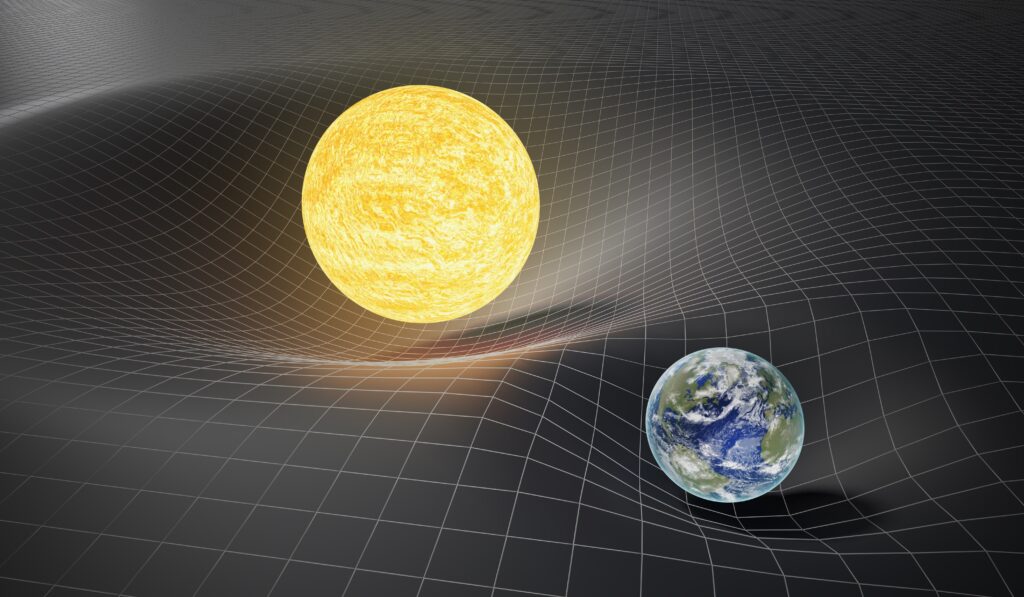Why do rockets change from vertical trajectory to horizontal trajectory when going into orbit?
The change in direction of a rocket from straight up (vertical) to more horizontal across the sky is due to the process known as a gravity turn or a pitch-over manoeuvre. This transition is vital for a successful orbital insertion. Here’s why:
- Reaching Space vs. Staying in Orbit: Simply reaching space (defined by the Kármán line as 100 km above sea level) is a matter of altitude. However, to stay in space and achieve a stable orbit around Earth, a spacecraft needs not just altitude but also a very high horizontal speed. For a low Earth orbit (LEO), this speed is approximately 7.5 km/s (27,000 km/h or 17,000 mph).
- Atmospheric Drag: It’s most efficient for rockets to start by going nearly straight up in order to minimize the time they spend in the thickest part of the atmosphere, which produces the most drag. As the atmosphere thins with altitude, the drag becomes less of an issue, and rockets can safely pitch over to build up their horizontal speed.
- Gravity Turn: The gravity turn is a flight maneuver used to guide rockets into space. Initially, the rocket ascends vertically, but soon after clearing the densest parts of the atmosphere, it will start to turn (or “pitch over”) and follow a trajectory that takes it more and more horizontal as it ascends. By the time it reaches the desired altitude for orbit, its trajectory is nearly horizontal, and it has achieved the necessary horizontal velocity to stay in orbit.
- Efficiency: This method is energy efficient because it uses Earth’s gravity to help change the vehicle’s direction. As the rocket tilts and begins to move horizontally, gravity continues to pull it toward the center of the Earth. This effect naturally curves the rocket’s path into a parabolic trajectory, which matches the curvature of the Earth.
- Earth’s Rotation: Rockets often launch toward the east to take advantage of Earth’s rotational speed (at the equator, the rotational speed is about 1670 km/h). This gives the rocket an extra boost in velocity.
Force upon a rocket at varying altitudes
Use the sliders below to see the force upon a rocket during launch. You can see how the higher you go, the forces are reduced due to the thinner atmosphere.
The speed below is the approximate rate of speed from launch to orbit.
So, in essence, while movies and illustrations sometimes depict rockets going straight up into space, real orbital launches involve a transition to horizontal flight to achieve the high sideways velocity necessary to enter a stable orbit around the Earth.


